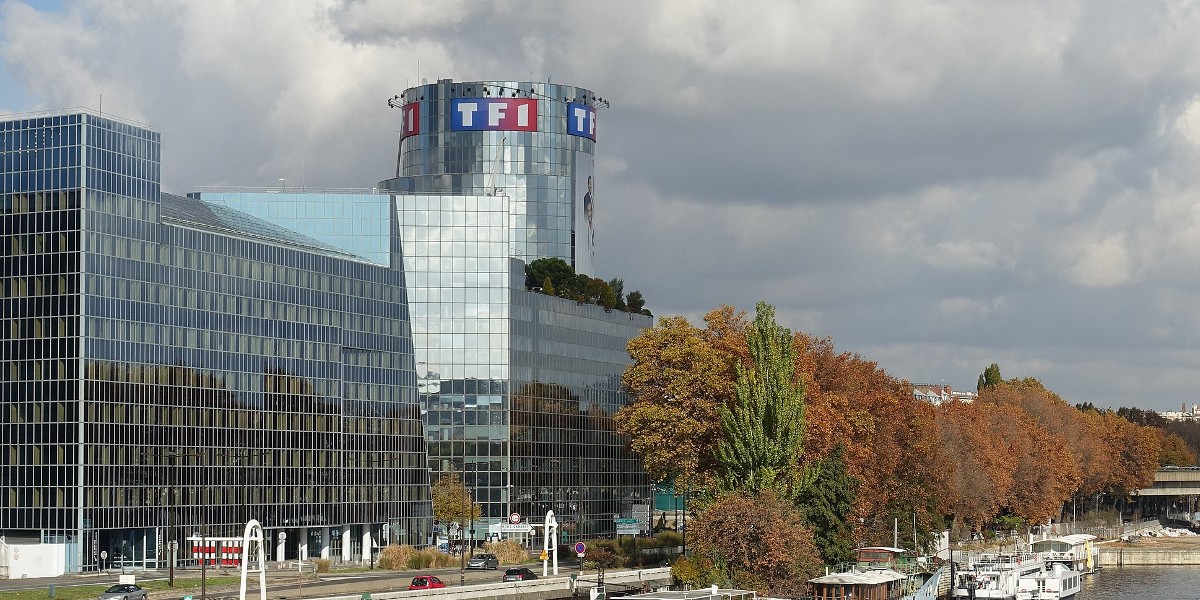The Trade Desk’s announcement last week of OpenPath, a new product which allows publishers to directly integrate with The Trade Desk, giving advertisers a more direct route of access to those publishers, raised a few eyebrows in the industry.
OpenPath is essentially a form of supply-path optimisation, a process by which the programmatic pathways between advertisers and publishers are simplified, increasing transparency and reducing waste. But a number of commentators questioned whether the launch represented a move by The Trade Desk to start serving the sellers as well as buyers, cutting out supply-side platforms (SSPs) in the process.
The Trade Desk’s CEO Jeff Green was adamant that this isn’t the case, stating in a LinkedIn post that “The Trade Desk is not entering the supply side of digital advertising, and will not provide supply side services”.
Indeed OpenPath doesn’t completely cut out SSPs. Paul Bannister, chief strategy officer of CafeMedia, a supply-side partner of OpenPath, said his company is still using SSPs to access Trade Desk demand outside of OpenPath, and doesn’t plan on changing that.
Nonetheless The Trade Desk’s move raises some interesting questions. If supply-path optimisation is framed as a process of reducing the number of ad tech intermediaries, then its logical we’ll see continued trimming of the programmatic supply chain. But if just one ad tech intermediary sits between publishers and advertisers, that carries its own risks. A lone intermediary theoretically has the same power as Google over pricing, fees, and access to programmatic inventory (albeit for a different section of the internet).
So how can SPO work in a way which benefits both advertisers and publishers, without placing too much power in the hands of a small number of intermediaries?
Picking the low-hanging fruit
Those VideoWeek spoke with said that for the time being, there are easy wins to be made in simplifying programmatic pathways which benefit both publishers and advertisers without any real downsides.
Danny Khatib, co-founder and CEO of Granite Media, an omnichannel marketing platform that works with both publishers and sellers, said The Trade Desk’s decision to stop buying through Google Open Bidding represents this kind of easy win.
“Most publishers run the same SSP connections through both Prebid and Google Open Bidding, and we know DSPs like TTD are trying to limit duplicative pipes, especially through the same SSPs across different bidding channels,” said Khatib. “So it makes perfect sense to just stop bidding through Google Open Bidding and concentrate firepower on Prebid, when bidding through SSPs.”
Solutions like OpenPath are less obviously a win-win at first glance. Omri Kedem, programmatic data director at full-service digital marketing business Croud, said that direct integrations between DSPs and publishers mostly have clear benefits for advertisers and efficiency on media spend, but aren’t necessarily the best solution for maintaining a collaborative and competitive ad tech ecosystem.
What’s key about OpenPath in particular is The Trade Desk’s commitment to solely serve the buy-side. OpenPath doesn’t have any tools for publishers, which means there’s still room for SSPs to add value.
“Its is likely that an OpenPath solution will fall short of SSPs when it comes to elements such as yield and deal management,” said Kedem. “But perhaps if SSPs are focusing more on these value adds, this is how the two solutions co-exist with their own benefits.”
CafeMedia’s Paul Bannister says that this is exactly why his company will continue using SSPs to access Trade Desk inventory.
“We think a lot of the major SSPs are doing great things that add a lot of value beyond what TTD can do today, or probably will do,” said Bannister. “For example, Magnite is leaning heavily into the new Seller Defined Audiences standard which we think is great, and TripleLift continues to innovate on advanced ad formats. If those SSPs keep doing things like that, we think that will make them a big part of the overall future of the ecosystem.”
So OpenPath as it stands doesn’t cut SSPs out of the picture. But in cases where there are easy efficiency gains to be made from simplified demand-paths, OpenPath can facilitate those transactions.
For deals which come through OpenPath, the equation is again simplified by The Trade Desk’s commitment to the buy-side. Sellers sign-up knowing that The Trade Desk is working primarily for advertisers – for publishers, the value comes from the efficiency of less complicated programmatic pathways.
“Most of the time, advertiser and publisher interests are aligned so there is little conflict,” said Bannister. “When there is an issue, we just have our eyes wide open to the fact that The Trade Desk will make choices that favour advertisers. We’ll continue to make choices to benefit publishers and as long as we’re all up front with each other, we think that is fine.”
An unknown endgame
But that’s not to says that these sorts of DSP direct deals aren’t without their risks, especially if we see more trades running through these kinds of setups.
Granite Media’s Danny Khatib said it makes sense for DSPs to pursue these sorts of deals wherever possible. Ultimately there’s no need to have two exchange-based intermediaries pointing to the same bid in the open web stack, and DSPs are closer to the origin dollars than the SSPs are, meaning they’re better placed to sit as the sole intermediary.
Khatib says there is potential for publishers to lose out in the short term, if more and more demand comes directly through DSPs. With intermediaries working in favour of advertisers, bidding will favour buyers, not sellers.
But Khatib believes there are potential long-term benefits for publishers. More efficient buys will boost the value of open web inventory in the long run, which could lead to a rebalancing of advertiser budgets away from social platforms.
“The budget re-allocation goal is a tough but noble one,” said Khatib. “And as an ecosystem participant who wants to see the open web thrive, I think we as an industry should go for it hard and let the chips fall where they may. Win or die trying!”
It’s also important to remember that DSP direct deals are just one form of SPO.
“An alternative solution that will improve supply side efficiency consists of advertisers and agencies working directly with specific SSPs to streamline the supply chain, ensuring that log files are fully transparent and optimised on an ongoing basis” said Croud’s Omri Kedem.
Here it’s the DSP, not the SSP, that’s cut out of the equation. And these sorts of deals are already happening. Just this morning, WPP’s media arm GroupM launched a new programmatic marketplace which will funnel spend directly to PubMatic and Magnite.
It remains to be seen how these two forms of SPO sit alongside each other in the long term. But perhaps the very existence of these two different methods of SPO, each of which favours a different section of the ad tech ecosystem, reduces the risk of single intermediaries becoming too powerful.
As CafeMedia’s Paul Bannister suggested, so long as multiple paths exist between buyers and sellers, both sides will continue to tweak their trading based on where they’re getting value. And if the end result is an overall boost in programmatic efficiency and transparency, then publishers and advertisers should all win out in the long run.




